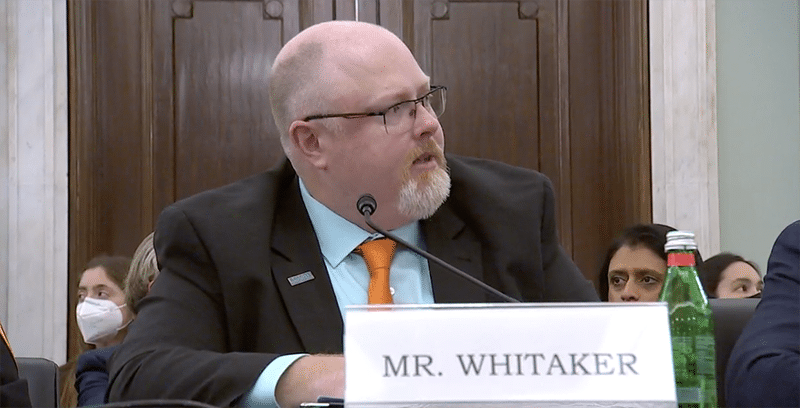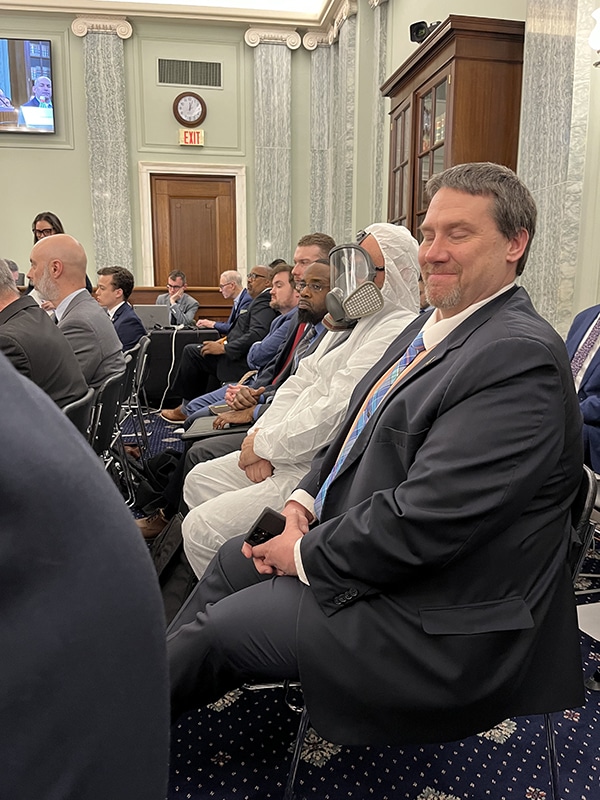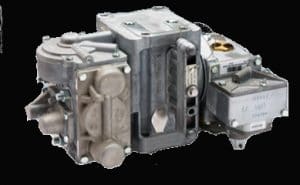Class I railroad carriers in this country aren’t used to losing their game of government influence and lobbying. Traditionally, they use the cover fire they get from the American Association of Railroads (AAR) to throw money and influence around Capitol Hill until they can dictate all public policy dealing with our rail industry.
Every time one of our men or women reads a new system bulletin that makes their profession less safe or makes the service provided to customers less dependable and wonders why this change could happen, the answer is usually rooted in carriers’ influence on regulation.
In the past four years, SMART-TD has made progress in turning that tide. The Class I railroad companies and AAR have seen a distinct drop in their win percentage. When they are shot down by the Department of Transportation, they often see “In light of comments put forward by SMART-TD” as the lead-in to the bad news. Here’s another of these rude awakenings.
Carriers try to eliminate hard copies
The U.S. Department of Transportation’s Pipeline and Hazardous Materials Safety Administration (PHMSA) announced in the Federal Register that the AAR and the carriers took yet another loss at the hands of SMART-TD, the AFL-CIO’s Transportation Trades Department (TTD) and common sense.
AAR was attempting to take the CT-168 and all hazmat paperwork out of the locomotive, making the tablets and company computer systems the only line of defense when hazmat is involved in a derailment or other rail emergency.
As they did last June in the National Transportation Safety Board’s hearing on the derailment in East Palestine, Ohio, the industry attempted to sell the idea that their “Ask Rail” cell phone application would make it so local EMS personnel are able to quickly and easily obtain consist information of any train involved in an incident. SMART-TD made your position clear: That is not good enough. Many places where we work are not in WiFi-friendly hotspots of technology!
AAR and the railroads went out of their way to make the argument that the conductor of a train crew was able to use their assigned tablet to upload the consist and hazmat paperwork to emergency workers through Dropbox and other software.
We all know this is a poor excuse for emergency preparedness and is just another attempt to push the idea that technology can easily replace people in our industry.
In light of the announcement from the Department of Transportation and PHMSA, SMART-TD is proud to say that paper copies of hazmat paperwork and the all-important CT-168 will remain onboard locomotive cabs in this country!
PHMSA sides with SMART’s argument
SMART-TD would like to thank PHMSA, and the leadership at the Department of Transportation. Without them valuing common sense and the safety of our crews, AAR could have easily chipped this line of defense away from workers and first responders.
“This might not sound like a big deal, but it absolutely is,” SMART-TD President Jeremy Ferguson said. “The safety of our members and the community often hinges on access to this hazmat paperwork and the professionalism of our people to know how to apply the information. Anyone willing to tell you a tablet and WiFi is adequate to depend on in a high-stakes crisis involving hazmat doesn’t have the public’s best interest or the physical safety of railroaders in mind. Our crews keep the consist information up to date at all times. When a train works a handful of yards in a day, the computer systems often don’t have the most up to date information on what’s in the train until it goes by the next AEI reader. SMART-TD’s members continue to be the most reliable variable in cases of emergency. The Department of Transportation and PHMSA were able to see our value and in this ruling they have ensured we will continue to have the necessary tools to keep ourselves, each other, and our communities as safe as possible.”
The ruling also increases access to the consist and hazmat information beyond the emergency services of just the community the event took place in.
Jared Cassity, head of SMART-TD’s National Safety Team, put it like this: “When a derailment or other disaster happens in a small town like we saw in East Palestine, Ohio, emergency workers are coming from every direction and multiple other jurisdictions to help out. If these men and women are fighting against the dangerous materials our trains are hauling, they should have access to all the information we can give them to try to keep themselves safe. We can’t expect them to operate in the dark and assume the information will get to them. It’s not hard to imagine scenarios where this information will get to them too late after it’s been given to one town’s fire chief and filtered through the command center and makes it to the front lines.”
Your input helped!
In their announcement, PHMSA cited that their ruling was heavily influenced by public comments. As they described the logic behind their decision, they consistently cited our union along with the AFL-CIO’s TTD.
“We’re thrilled PHMSA and the Department of Transportation ruled on the side of our union and our years of safe practices in this matter,” National Legislative Director Greg Hynes said. “We will stay engaged in the public comment process to make sure our members continue to have their voice heard in all future matters affecting their safety!”
Follow this link to see the full public comment SMART-TD submitted to PHMSA in this matter.




 Latest safety statistics released by the Federal Railroad Administration (FRA) in April confirmed 2014 was the safest year on record for freight train operations in the United States, according to the Association of American Railroads.
Latest safety statistics released by the Federal Railroad Administration (FRA) in April confirmed 2014 was the safest year on record for freight train operations in the United States, according to the Association of American Railroads.